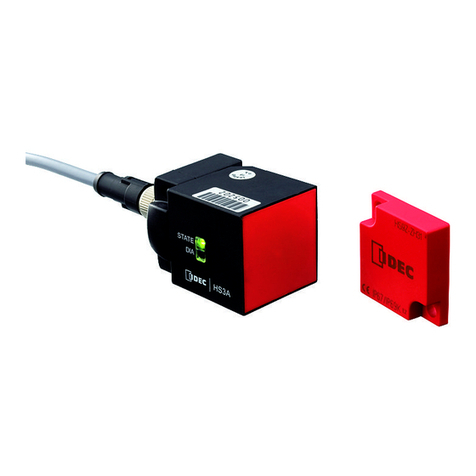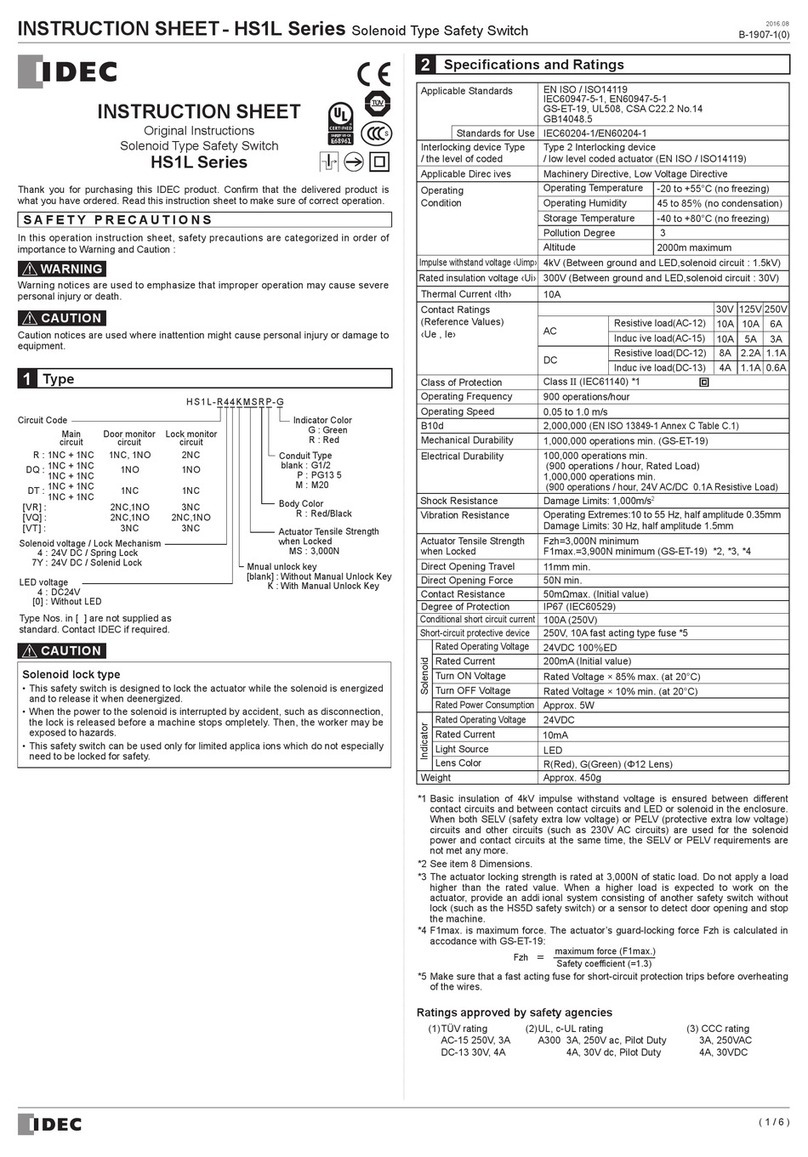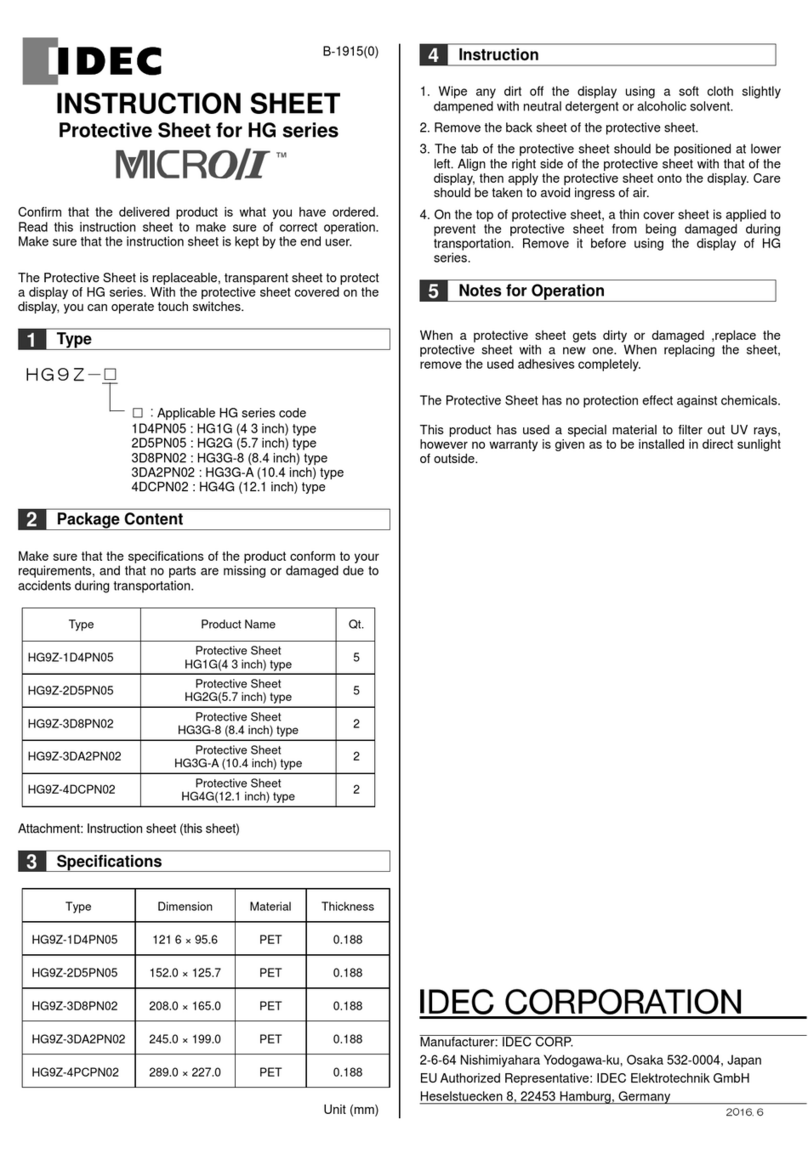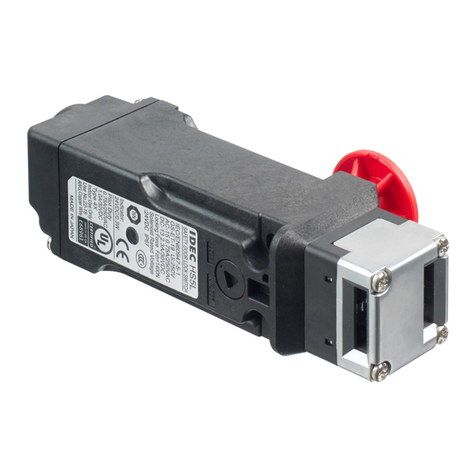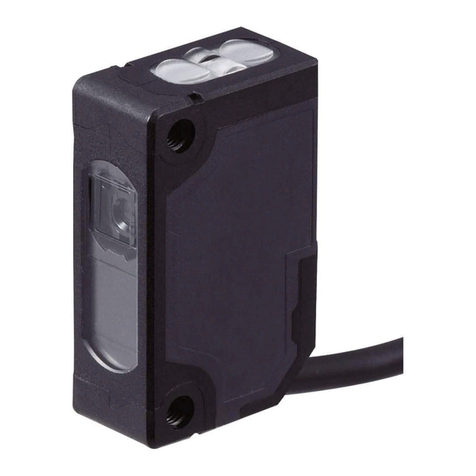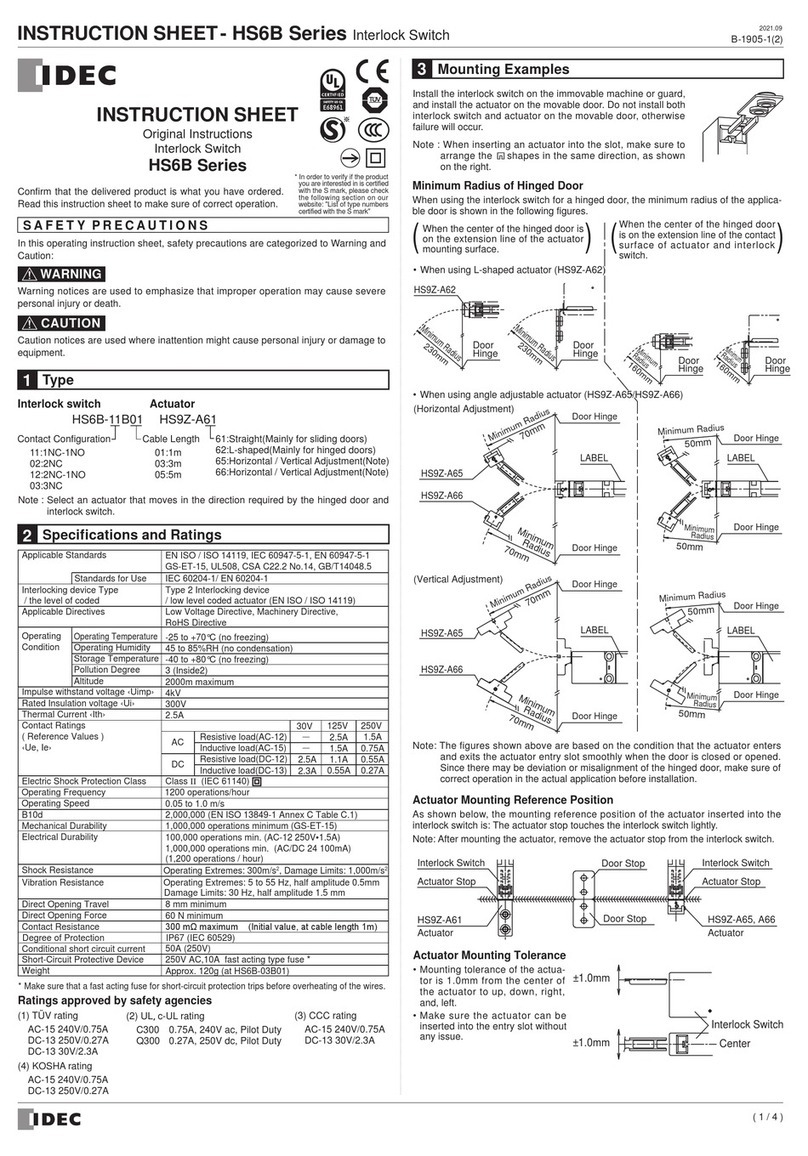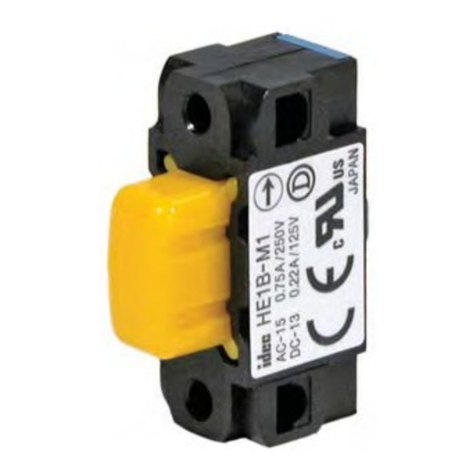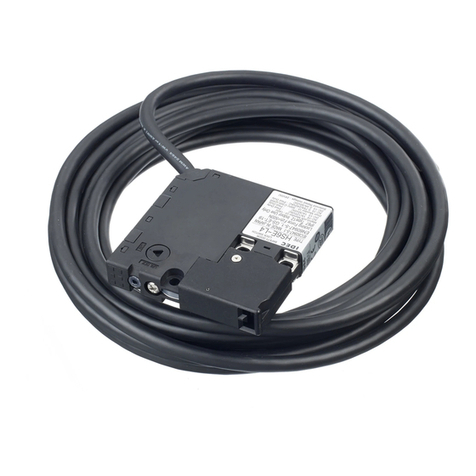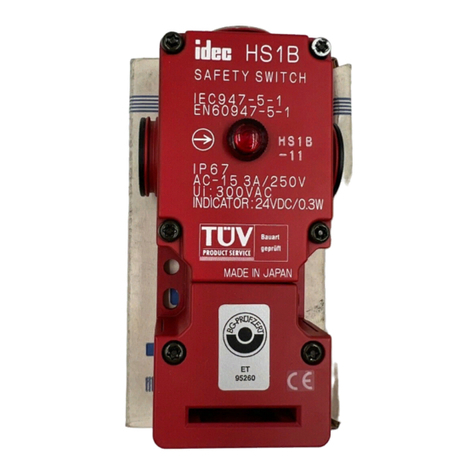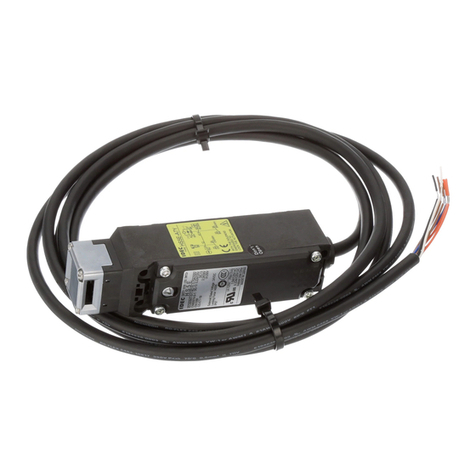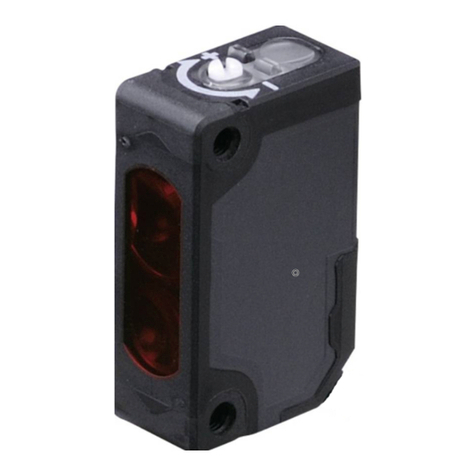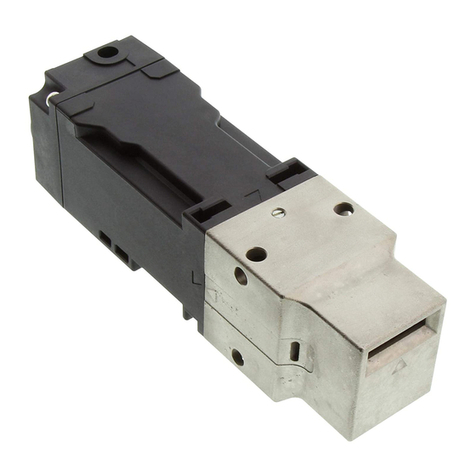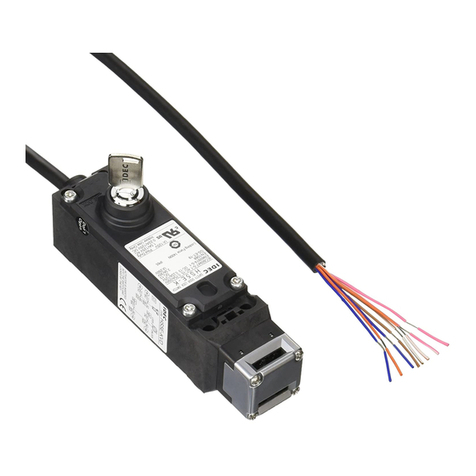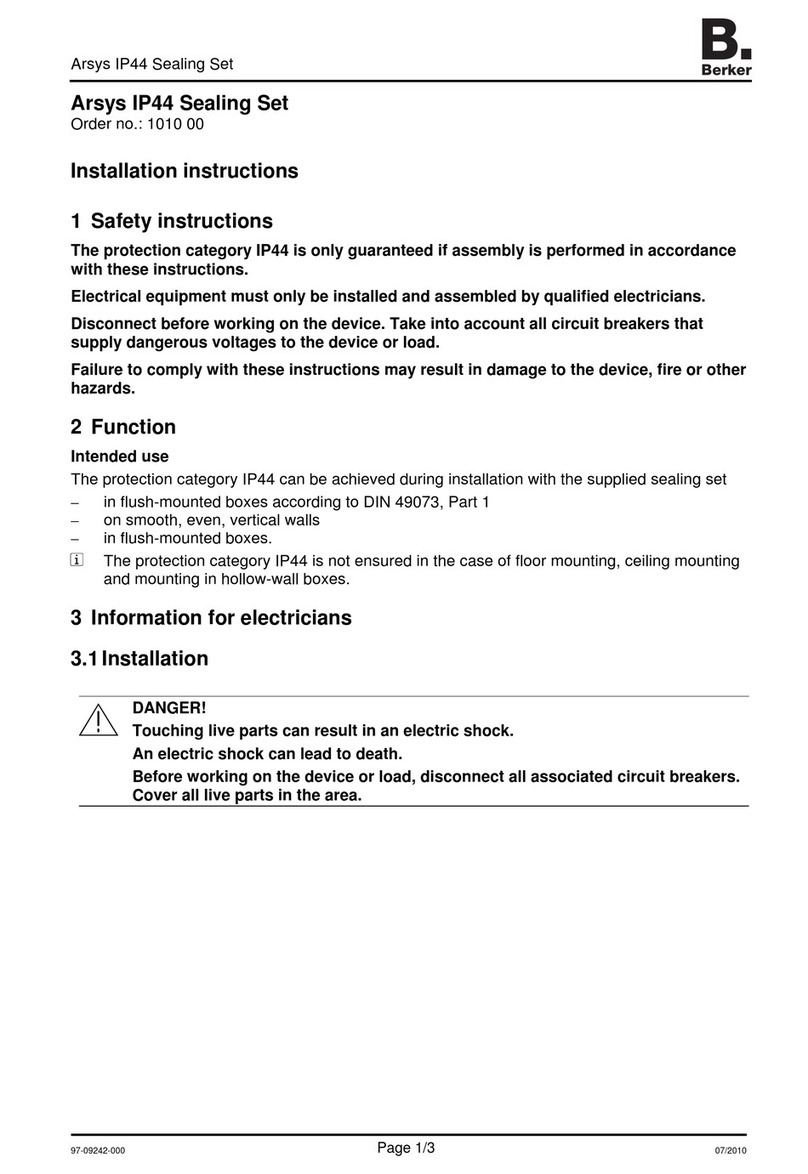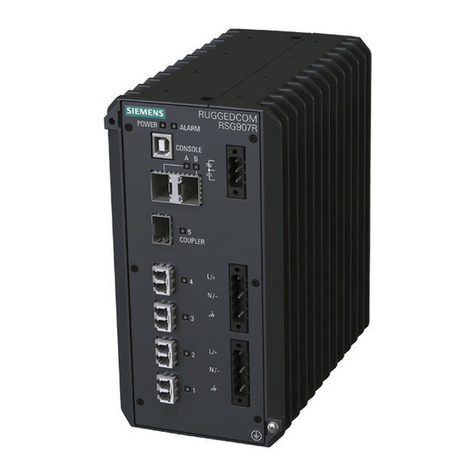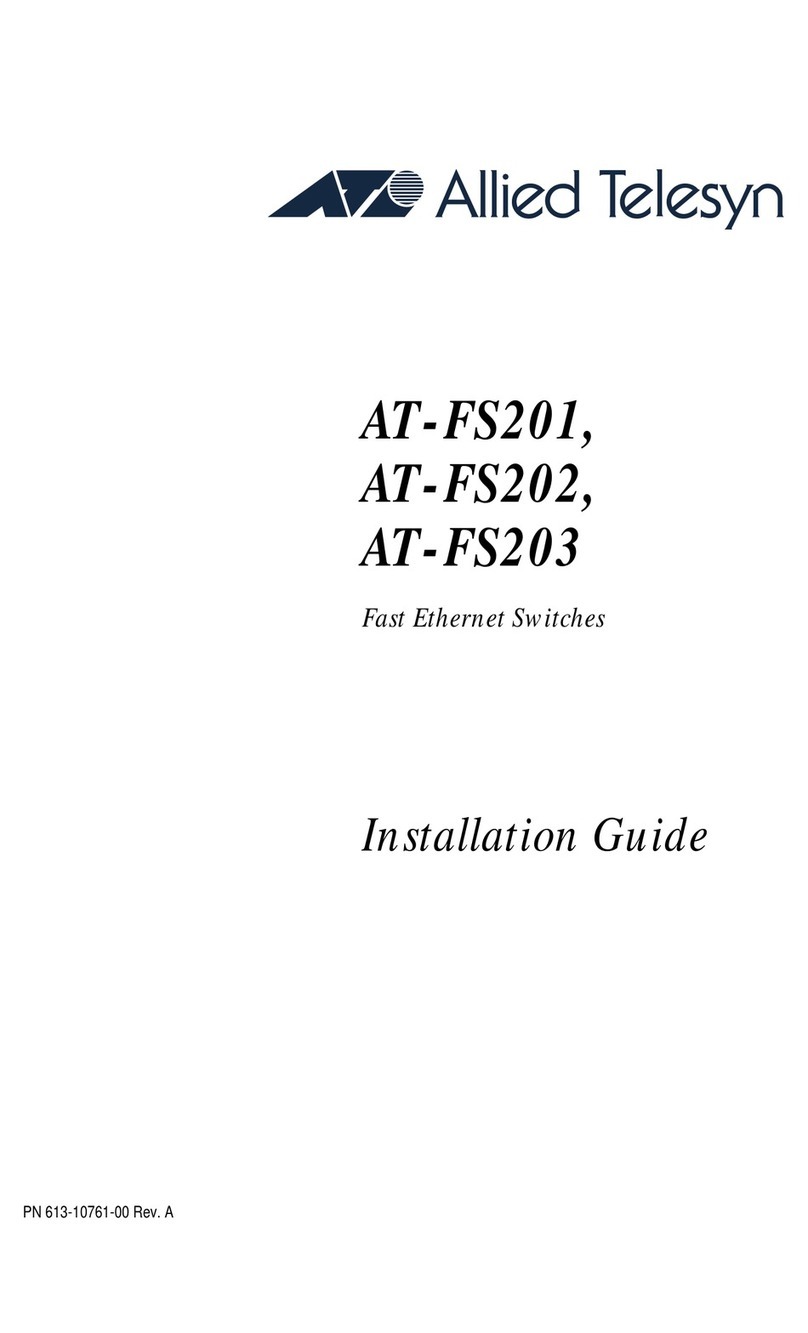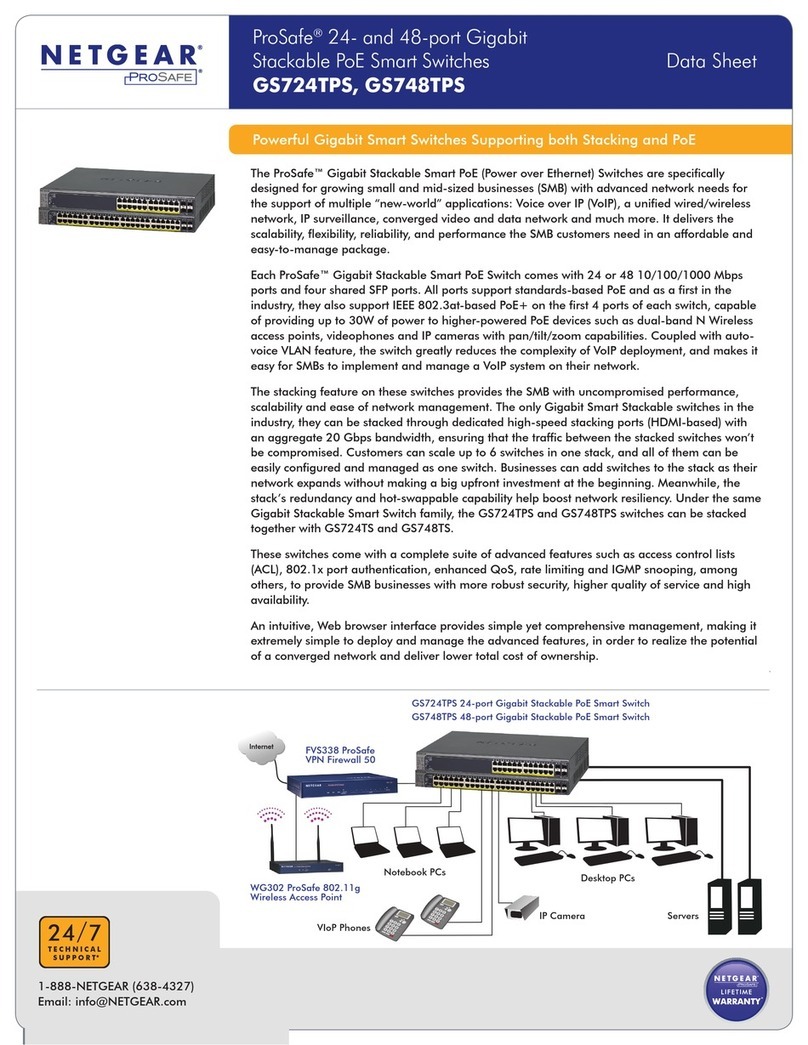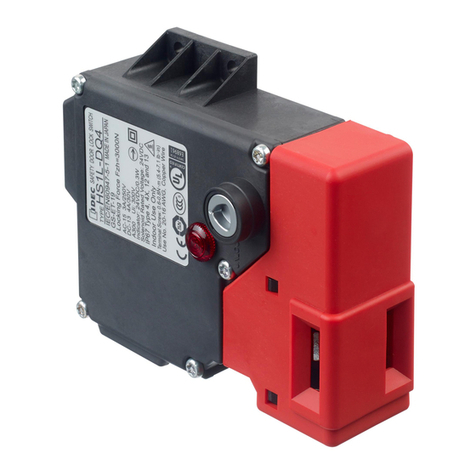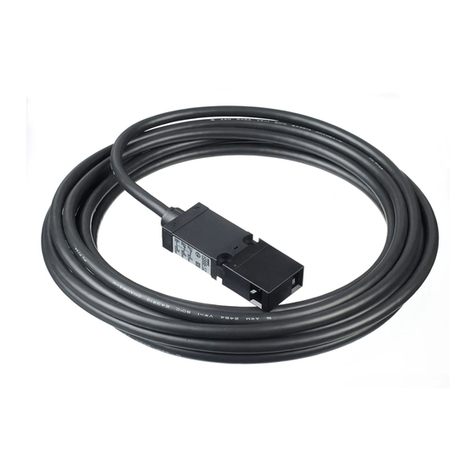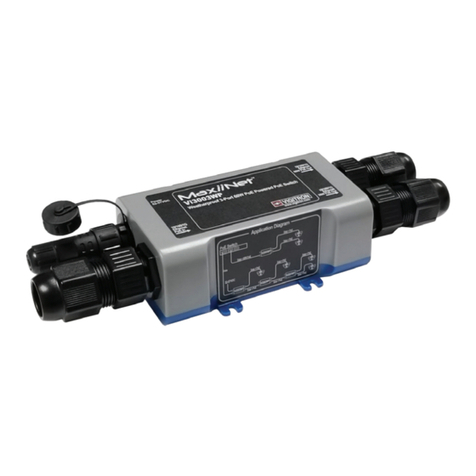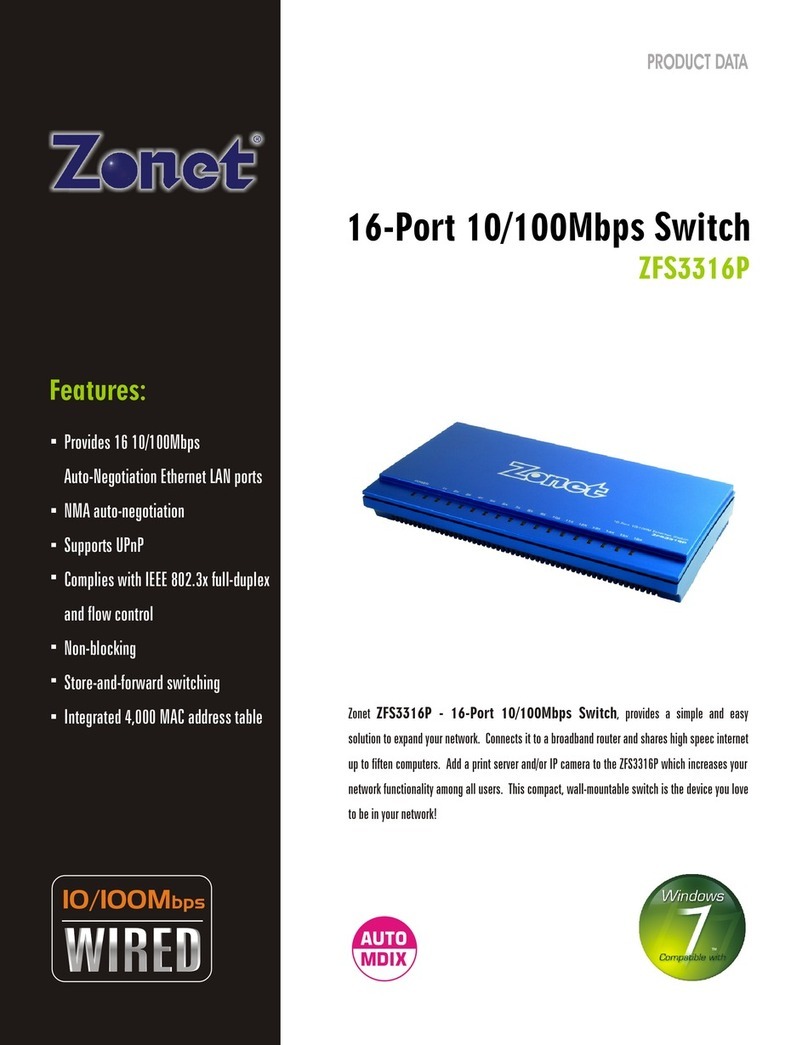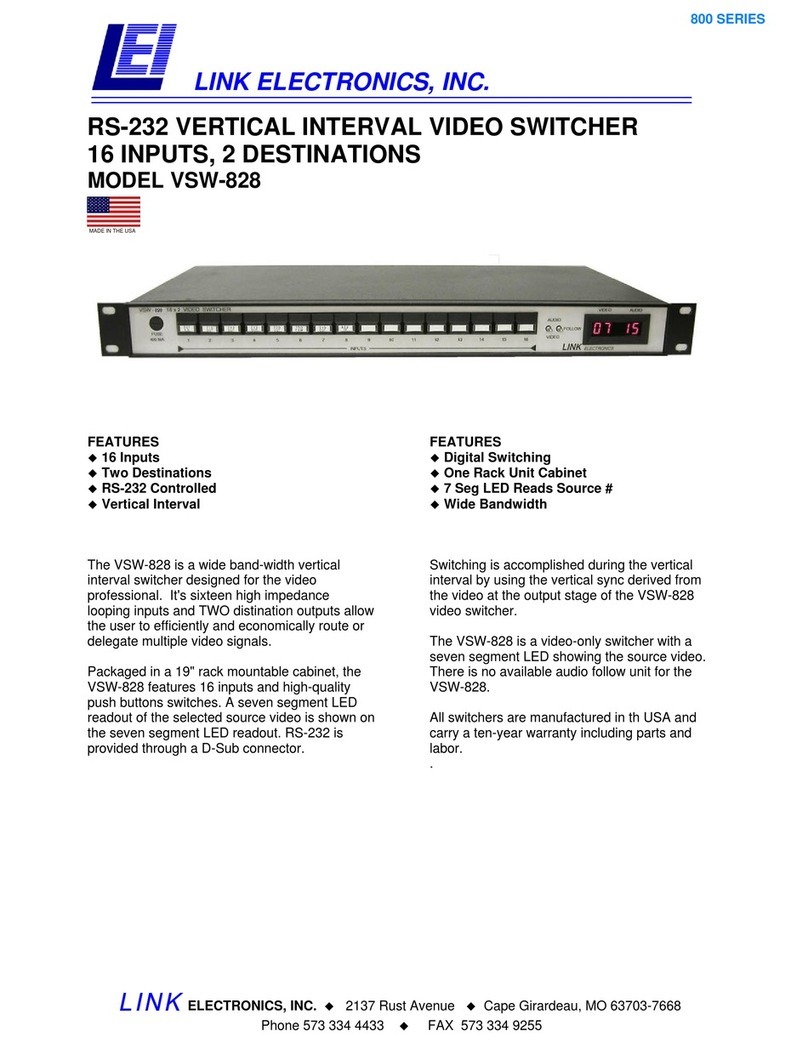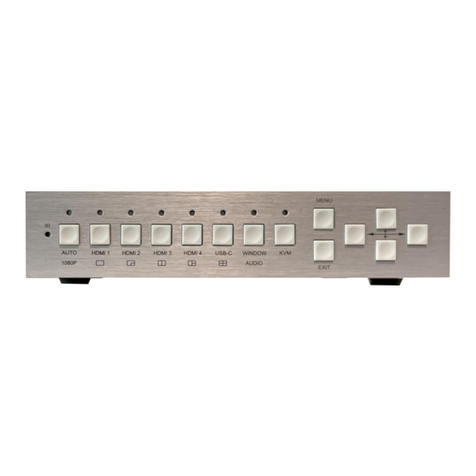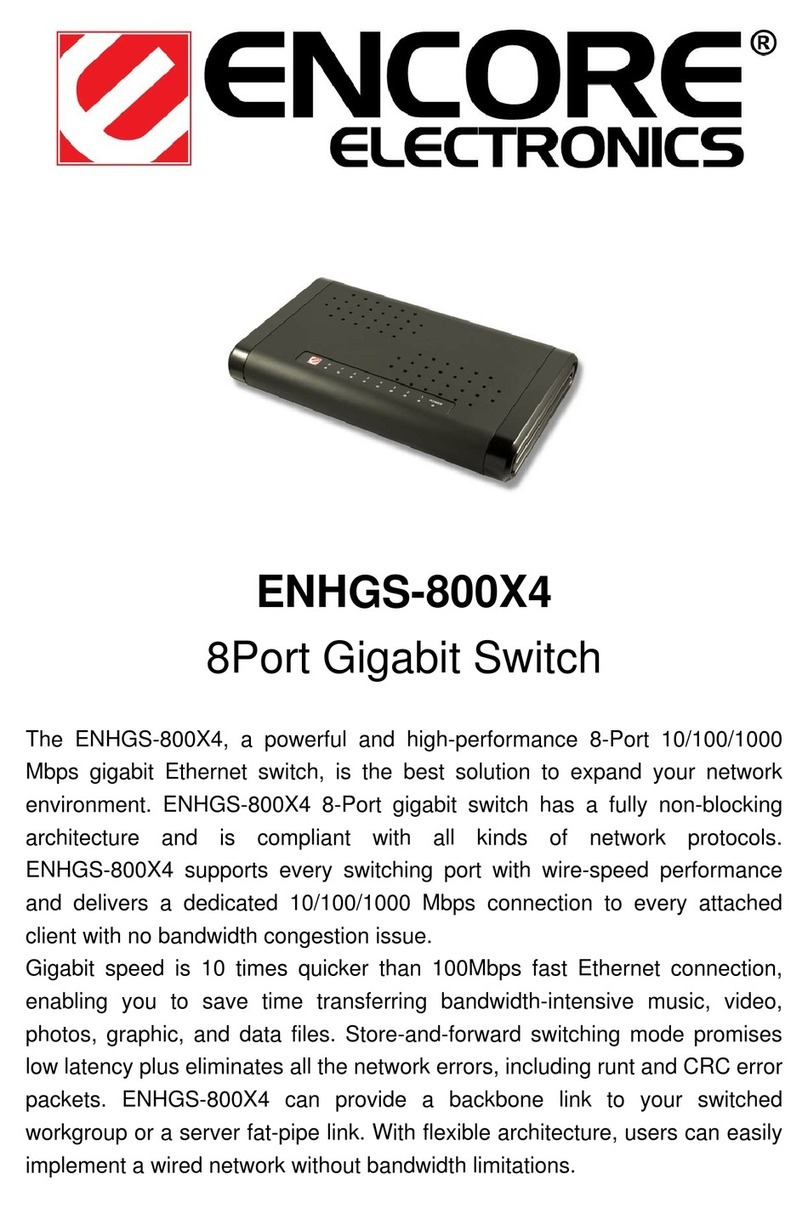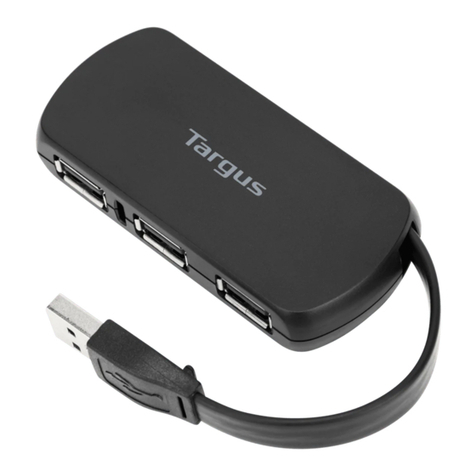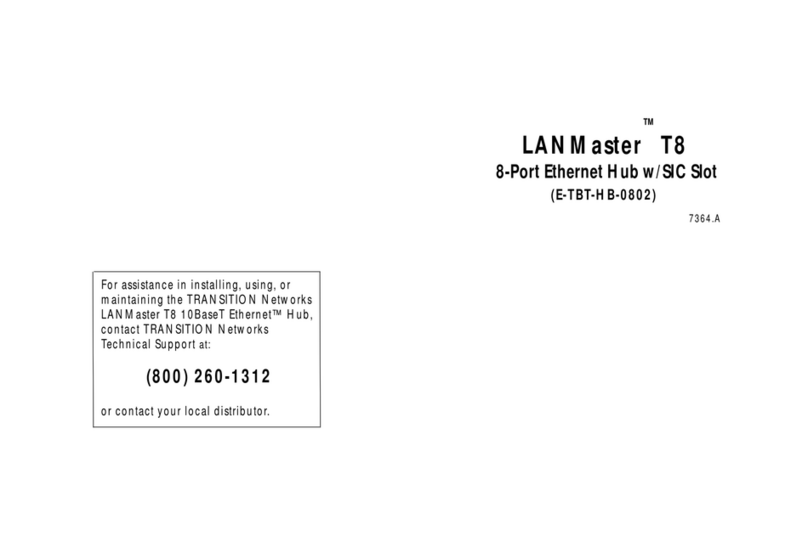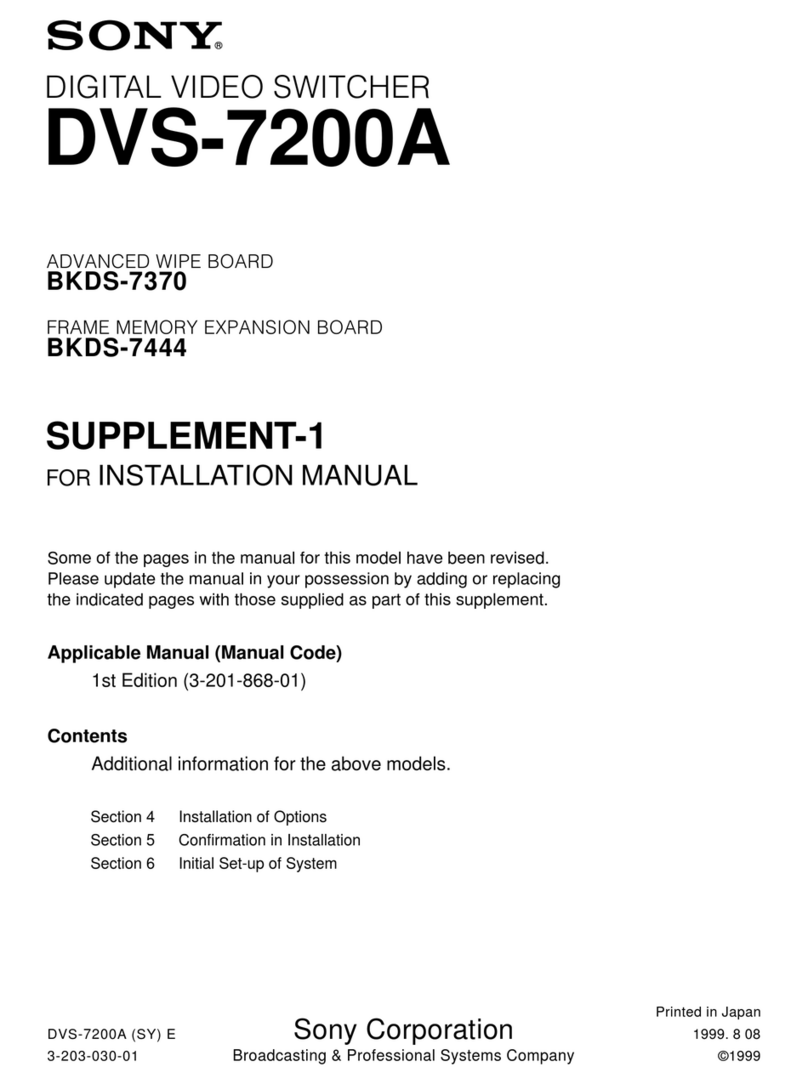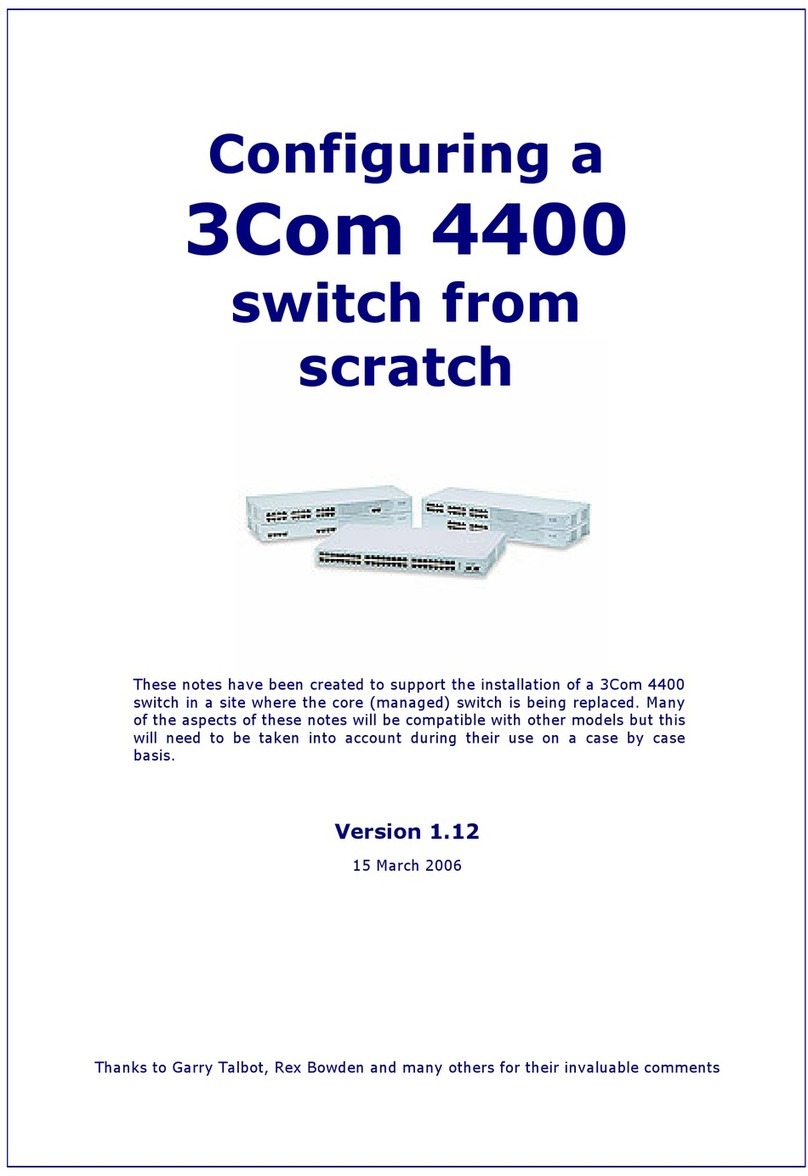
Safety Precautions
•
In order to avoid electric shock or a fire, turn the power off before installation,
removal, wire connection, maintenance, or inspection of the switch.
•
Ifrelaysareusedinthecircuitbetweenthesafetyswitchandtheload,
consider degrees of the danger and use safety relays, since welded or sticking
contacts of standard relays may invalidate the functions of the safety switch.
•
DonotplaceaPLC inthecircuitbetweenthesafetyswitchandtheload.The
safety security can be endangered in the event of a malfunction of the PLC.
•
Do not disassemble or modify the switch. It may cause a breakdown or an
accident.
Operation Precautions - for all series
•
Regardlessofdoortypes,donotusethesafetyswitchasadoorstop.Install
a mechanical door stop at the end of the door to protect the safety switch
against excessive force.
•
Do not apply excessive shock to the switch when opening or closing the door.
•
A shock to the door exceeding 1,000 m/sec
2
(approx. 100G) may cause the
contacts of the switch to chatter, and a malfunction of the switch may occur.
•
For connection of wires, unscrew the cover. Unnecessary loosening of other
screws may cause a malfunction of the switch.
•
Prevent foreign objects such as dust and liquids from entering the switch
while connecting conduit or wiring.
•
If the operating atmosphere is contaminated, use a protective cover to
prevent the entry of foreign objects into the switch through the actuator entry
slots.
•
Entry of a considerable amount of foreign objects into the switch may affect
the mechanism of the switch and cause a breakdown.
•
Do not store the switches in a dusty, humid, or organic-gas atmosphere.
ForRotatingHead Directions
HS5E/HS5BPrecautions
Note:
Because deviation or dislocation of hinged doors may occur in actual
applications, make sure of the correct operation before installation.
•
The heads of the HS5E/HS5B can be rotated in 90° increments after removing
the 4 screws on the corners of the head. Prevent entry of foreign objects into
the switch during removal of the head. Tighten these screws with torque
designated in the instruction sheet. Improper torque may cause errors.
When using the HS9Z-A52 Actuator
•
When the door hinge is on the extension line of the interlock switch surface:
Door Hinge Door Hinge
•
When door hinge is on the extension line of the actuator mounting surface:
MinimumRadiusof Hinged Doors
•
When using the interlock switch on hinged doors, refer to the minimum radius
of doors shown below. When using on doors with small minimum radius, use
the angle adjustable actuator (HS9Z-A55).
Wire Connection
HS2B Precautions
•
Cracks or burrs on the conduit entry may deteriorate the housingprotection
against water.
•
TheHS2Bhas3 conduitports,whichareclosedasapartofthemolded
switch housing.
•
Make an opening for wire connection by breaking one of the conduit-port
knockouts on the switch housing using a screwdriver.
•
When breaking the conduit port, take care not to damage the contact block or
other parts inside the switch.
•
When changing to another conduit port, close the unused opening with an
optional plug (Part No. HS9Z-P1).
AS-Interface
Safety
at
W
ork
Factory Setting Head can be rotated.
Door Hinge















